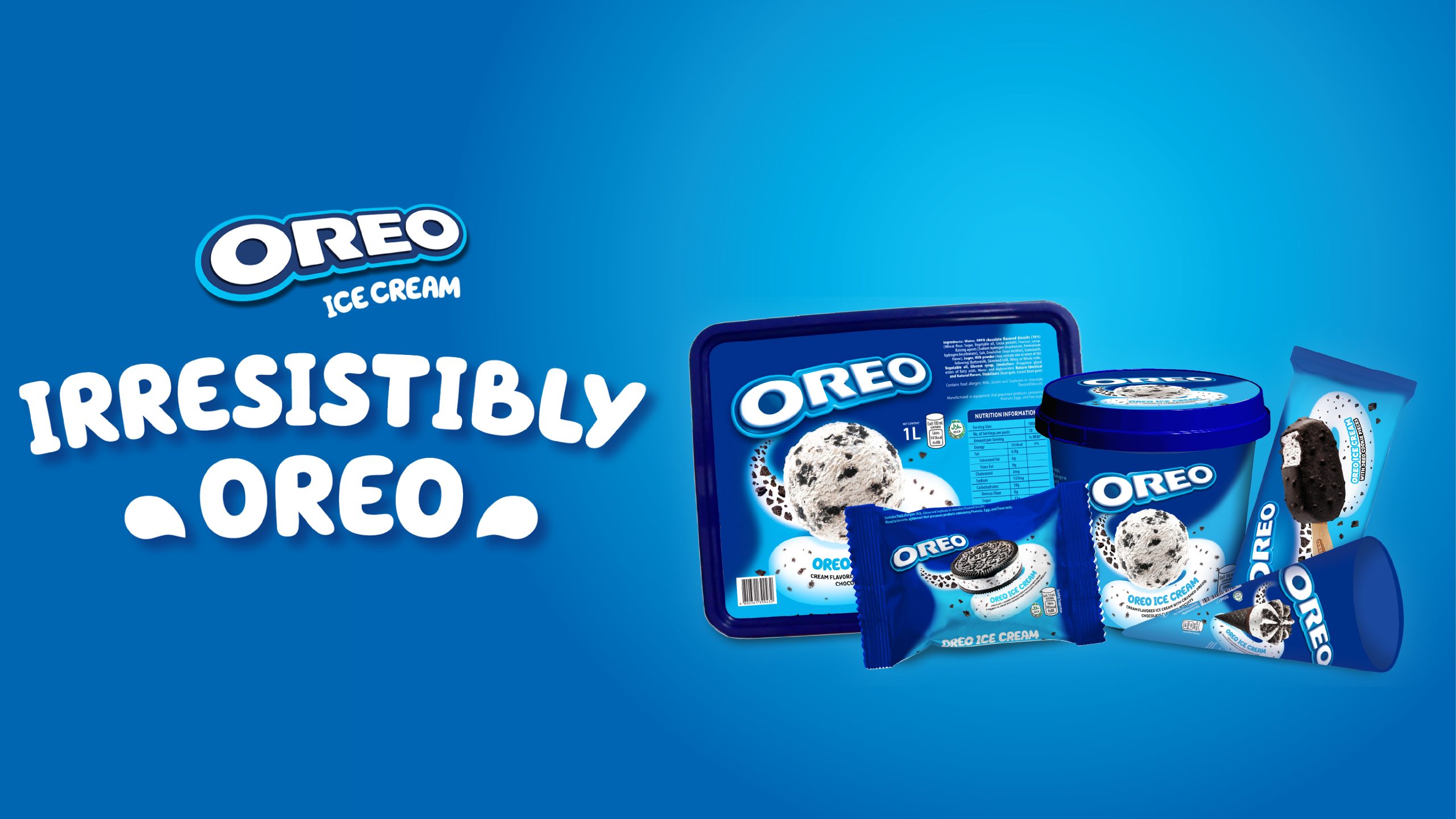Forty-six years. That’s how long Eat Bulaga has been a staple in Filipino households, outliving political regimes, cultural shifts, and generational divides.

On the shimmering surface of Philippine entertainment, Eat Bulaga is a perennial glitter bomb—loud, lively, and seemingly immortal. But look closer, and you’ll find something deeper: a story of resilience, reinvention, and radical relevance.
Launched in 1979 by the comedic trifecta Tito Sotto, Vic Sotto, and Joey de Leon under the production of Television and Production Exponents (TAPE) Inc., Eat Bulaga wasn’t meant to be a legend—it was a risky gamble. Competing against established noontime giants, its irreverent tone and neighborhood charm marked a tonal shift in midday programming. Filipinos didn’t just tune in—they clung to it like it was their own.
The Golden Formula
It wasn’t just about laughter—it was about belonging. The show’s formula blended street-smart humor, absurd challenges, live giveaways, and everyday heroes. “Laban o Bawi,” “Pinoy Henyo,” and “Juan for All, All for Juan” weren’t segments—they were events. Viewers saw themselves in contestants, in hosts who stumbled on live TV, in letters sent from far-flung provinces. It was real, messy, and magnetic.
Then came the juggernaut: AlDub. In 2015, a love team born from spontaneous chemistry between Maine Mendoza and Alden Richards created a seismic ripple. Fans dubbed it “organic magic.” The show became Twitter’s most talked-about broadcast globally, peaking with 41 million tweets during Tamang Panahon. It was proof: even in the age of streaming, Eat Bulaga could hijack the zeitgeist.
Turbulence Behind the Scenes
But no legacy is without cracks. In 2023, internal conflicts led to the departure of Tito, Vic, and Joey from TAPE Inc.—an emotional rupture that shook loyal viewers and divided public sentiment. The show rebranded, brought in new hosts, and struggled to maintain its footing in a fragmented media landscape. Meanwhile, rival shows like It’s Showtime and E.A.T. circled like vultures, ready to claim the noon throne.
Still, Eat Bulaga held on. With an emphasis on community engagement, youth talent, and a modernized aesthetic, it began—slowly—to reassert its identity. What emerged was not the same show, but a version willing to grow with its audience.
Lasting Impact: More Than Just “Bulaga!
Its legacy goes beyond entertainment. It democratized fame, spotlighted the barangay experience, and turned ordinary folks into stars. It offered catharsis during national crises, laughter during blackouts, and hope during typhoons. Generations of Filipinos grew up with it as backdrop noise and cultural lifeblood.
Now at 46, Eat Bulaga faces its greatest challenge: relevance. In a TikTok-obsessed ecosystem, attention spans are shrinking, loyalties are fickle, and content is ephemeral. But if there’s one show that knows how to ride the chaos, it’s Eat Bulaga. It doesn’t pretend to be perfect—it thrives in its imperfection.
It remains the show where your lola cried during a birthday greeting, your cousin won a sack of rice, your dad danced awkwardly on live TV. It’s not just the longest-running—it’s the most lived-in. And in many ways, that makes it timeless.
So when the clock strikes 12, and the opening jingle starts to roll—Filipinos still know: something familiar, something wild, and something proudly Pinoy is about to unfold.


